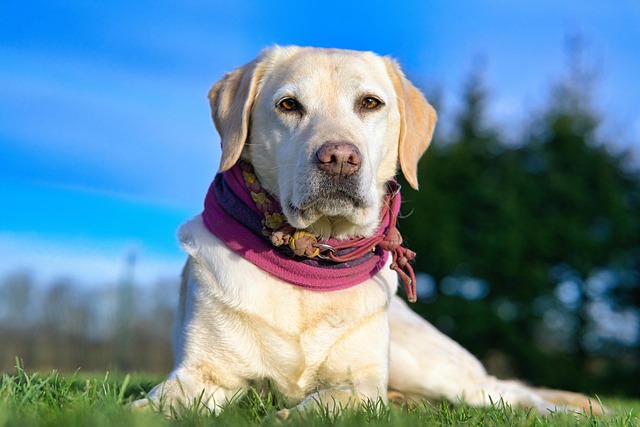
How do i train my dog to be obedient?
Watching your dog dart across the park ignoring your calls isn’t just frustrating—it can put them at risk near busy streets or public spaces.
There are few feelings more gut-wrenching than watching your dog, Buddy, bolt after a squirrel in the local park, completely ignoring your frantic calls to come back. Your voice fades into the background, overpowered by a more thrilling scent or sight. When a dog ignores recall, it’s not an act of defiance; it’s a simple case of motivation and proofing. The environment—full of new smells, animals, and sounds—is simply more rewarding in that moment than returning to you. The behaviorist principle at work here is that dogs repeat what is reinforced. If chasing a squirrel is self-rewarding, that behavior is strengthened. If coming to you has historically resulted in something mediocre or even negative (like the fun ending with the leash going on), then the behavior is weakened. Your job is to make yourself the most exciting thing in any environment.
Your first step is to go back to basics, but with higher stakes. Arm yourself with what your dog considers “jackpot” treats—real chicken, freeze-dried liver, or bits of hot dog—reserved exclusively for recall practice. Start indoors with zero distractions. Use a specific, happy recall word like “Here!” or “Come!” and reward him lavishly every single time. Gradually increase the difficulty, moving to your quiet backyard or a deserted tennis court, always using a long-line training leash (a 15-30 foot leash) for safety. This long line gives him the freedom to make choices but prevents him from self-rewarding by ignoring you. If he doesn’t respond, don’t repeat the command; simply gently reel him in without drama, and then reward him for arriving. This positive, reward-based approach is the modern, ethical standard for training. It builds a willing partnership based on trust and avoids any punishment or frustration that would make him want to avoid you, which aligns with the strong cultural preference against aversive methods.

This commitment to reliable recall is a cornerstone of responsible ownership, especially in community settings. A dog who reliably comes when called is a safer dog. It allows you to confidently comply with local leash laws in designated areas, knowing you can get your dog back if an off-leash dog approaches or a distraction appears. It ensures you can always call him away from a child’s picnic blanket or another person who may be uncomfortable around dogs, upholding your civic duty to be respectful and clean up any mess immediately. For apartment dwellers, practicing a solid recall in a fenced yard or quiet field provides crucial mental stimulation and exercise, reducing the pent-up energy that can lead to nuisance barking at home—a key aspect of being a good neighbor.
Ultimately, fixing a broken recall is about more than just convenience; it’s a critical safety skill and a reflection of your bond. This patient training sits alongside other non-negotiable responsibilities, like keeping your dog’s rabies vaccination up-to-date. By making yourself the most rewarding part of your dog’s world, you’re not just teaching a command; you’re ensuring his safety and reinforcing your role as his trusted leader and a conscientious member of your community.

Watching your dog dart across the park ignoring your calls isn’t just frustrating—it can put them at risk near busy streets or public spaces.

New puppy owners often find themselves rushing to clean up accidents before they set in, and that’s where puppy pad training becomes a game-changer.

If you've noticed your dog's waistline disappearing and your veterinarian has mentioned those few extra pounds, your first instinct might be to simply reduce the amount of food in their bowl.

Training a dog to use a designated spot indoors isn’t as daunting as many new owners fear, but it does take consistency and an understanding of your pet’s needs.

That moment of dread on a walk is all too familiar for many new dog owners. You see another dog approaching down the sidewalk of your neighborhood

If the sight of another dog on your neighborhood walk makes your heart sink as your own dog erupts into a frenzy of barking and lunging, you're not alone.